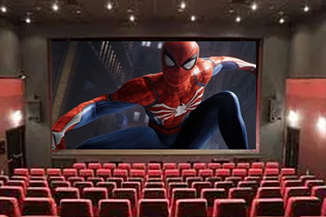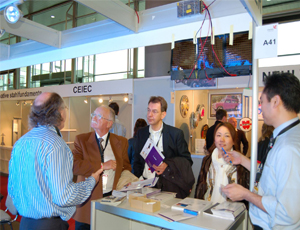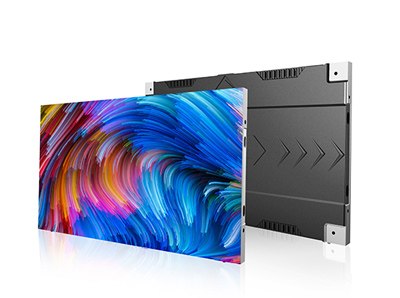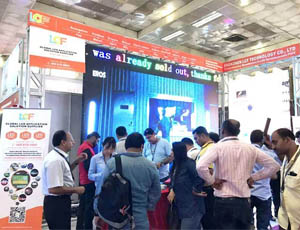Publisher: Supplier of LED Display Time: 2017-02-11 09:50 Views: 2154
I believe that many knowledgeable people know that the small-pitch LED display itself has high brightness, wide color gamut, high contrast, super display effect, etc.... However, it is also because these effects are widely loved by the masses, and have gained Highly recognized by everyone. So the question is, how does the small-pitch LED display quickly cut into the indoor application market? What kind of technical requirements does it need to meet in such an environment? Below, Lianchengfa will explain to you how the small-pitch LED display can quickly enter indoor applications. This is actually not difficult, as long as the following requirements are met.
1. Reduce the dead light rate of the display lamp to ensure the stability of the screen
The dead light rate of traditional LED displays is one in tens of thousands in the industry standard, but small-pitch LED small displays are temporarily unable to do so. According to previous standards, there will be 1 dead light in 10,000 square meters. The display is almost unreadable. Therefore, the dead light rate of the small-pitch LED display must be controlled at one hundred thousandth or even one millionth in order to meet the needs of long-term use. Otherwise, if a large number of dead lights appear over a period of time, the user will never Acceptable.
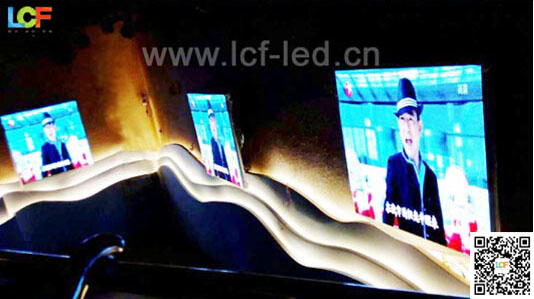
2. Realize low brightness and high gray
Many people know that human body induction lamps are different from outdoor displays that require high brightness, refresh rate and energy saving requirements. Indoor displays need to lower the brightness. Experiments show that from the perspective of human eye sensitivity, LED (active light source) The brightness is twice that of a passive light source. In terms of specific data, the best brightness for small-pitch LEDs entering the room is 200-400cd/m2. However, the gray-scale loss caused by reducing the brightness needs to be completed by technical supplements. At an exhibition held by Liancheng in 2016, the large-screen display performance network released test samples of small-pitch LEDs, and gave test methods and standards. Tests show that only a few LED display manufacturers can do it at the same time. Low brightness and high gray, most manufacturers need to achieve a certain improvement.
3, standard resolution with signal source
Unlike outdoor displays, outdoor advertisers will choose suitable content and display according to the resolution of the display. Indoor display signal sources have certain standards. As LED display manufacturers, they cannot require access to indoor signal sources. Must adapt to the display screen resolution, but to adapt to the needs of indoor signal sources, design and guarantee the corresponding resolution, so as to meet user needs as much as possible. Fortunately, after more than a year of understanding of indoor LED display products and understanding of customer needs, Lianchengfa has completed this transformation and greatly met the needs of users.
4. Support multi-signal and complex signal system access and display control
Compared with the outdoor display signal, the small-pitch LEDE display signal display is characterized by multi-signal access and complex signal access. For example, video conferences in multiple locations require remote access signals, local access signals, and multi-person use. Access, experiments have shown that simply implementing multi-signal access through the split-screen solution will reduce signal standards. Therefore, how to solve the problem of multi-signal and complex signal access requires technical support from small-pitch LEDs.
5. Realize seamless stitching and high-speed correction
The biggest advantage of small-pitch LED display is seamless, but it has higher requirements when splicing. For liquid crystals, as long as the seams are uniform, there is no problem, and the seams are not obvious. However, the small spacing of LEDs cannot be so. If the modules are squeezed too tightly, bright lines will appear, and dark lines will appear when the modules leave. So it is not easy to splice well. Therefore, the process and calibration technology of the cabinet, as well as the guarantee and good combination of efficiency, need to be given a certain guarantee.
